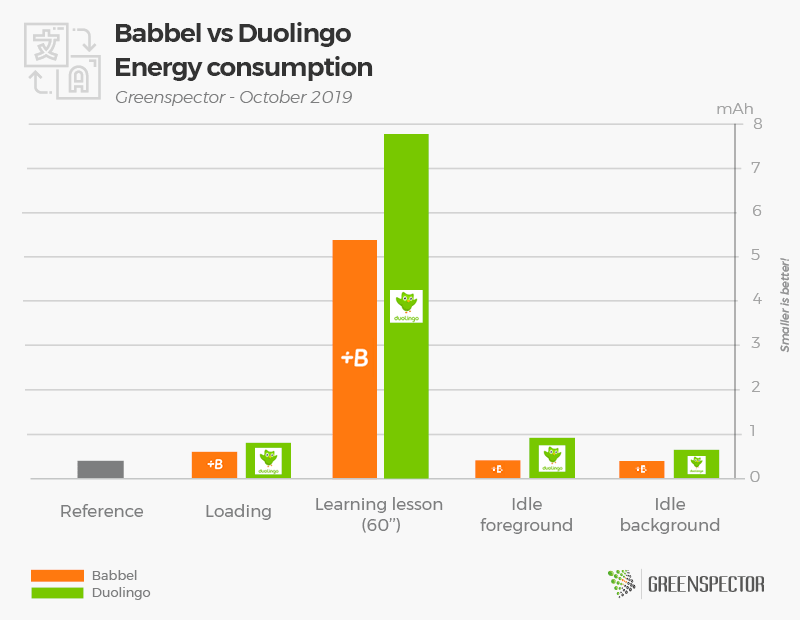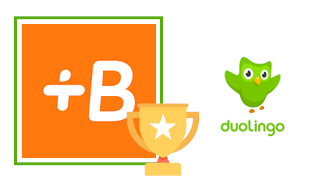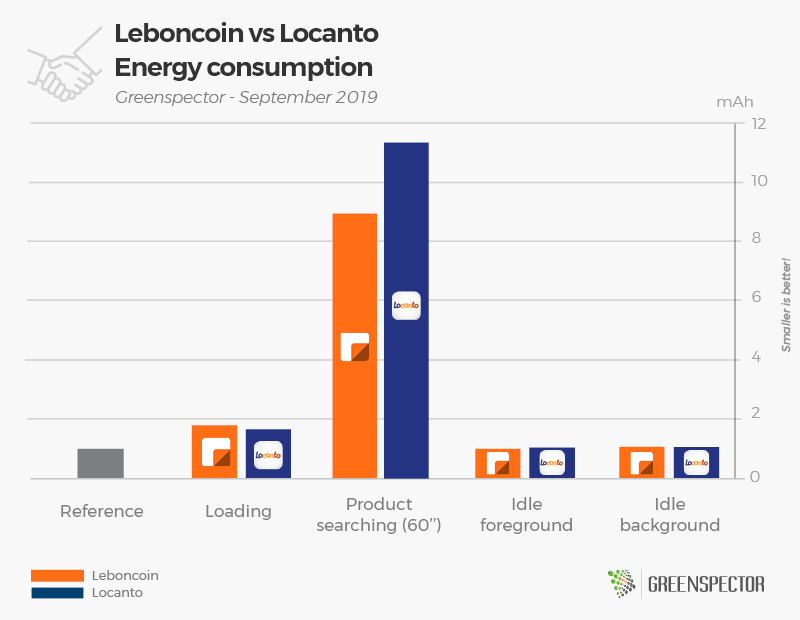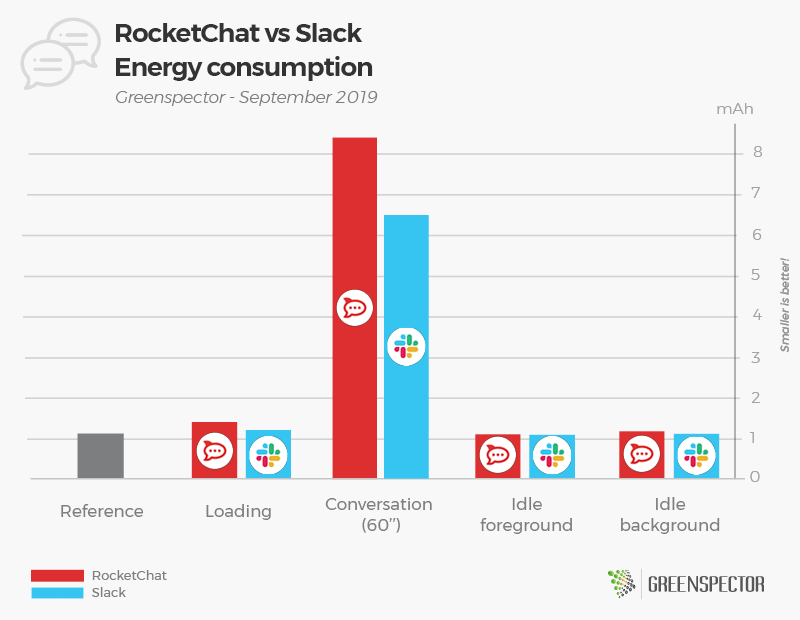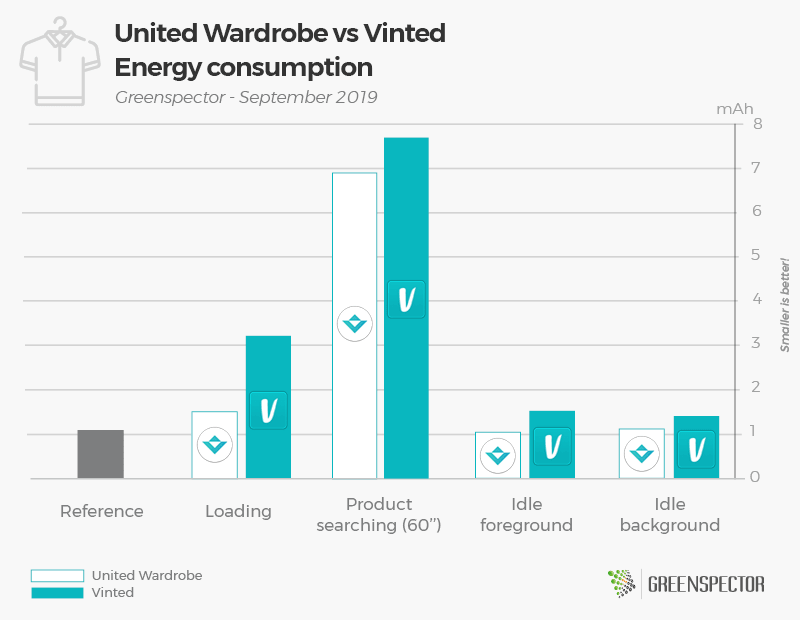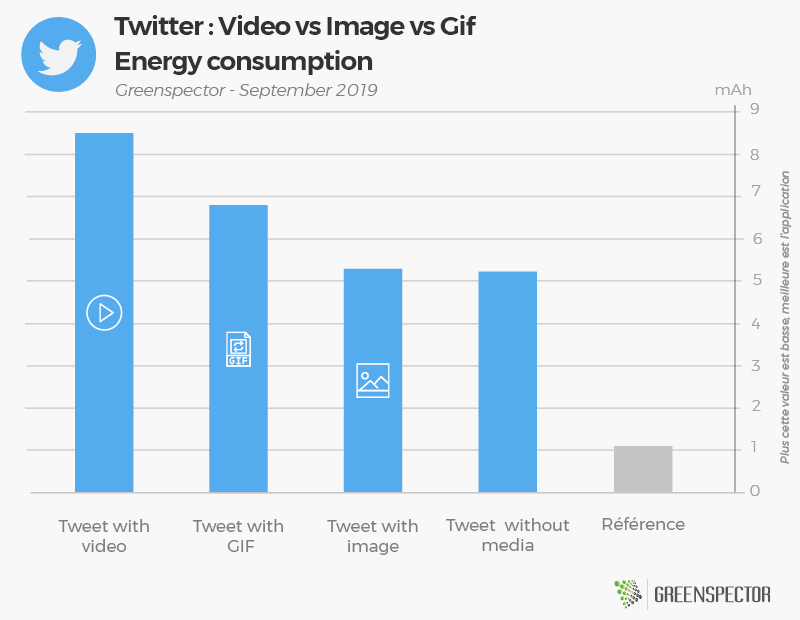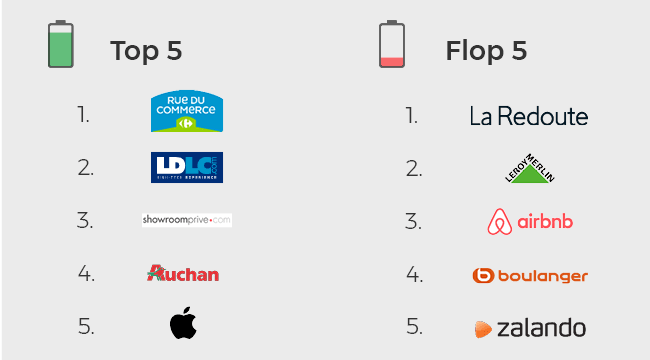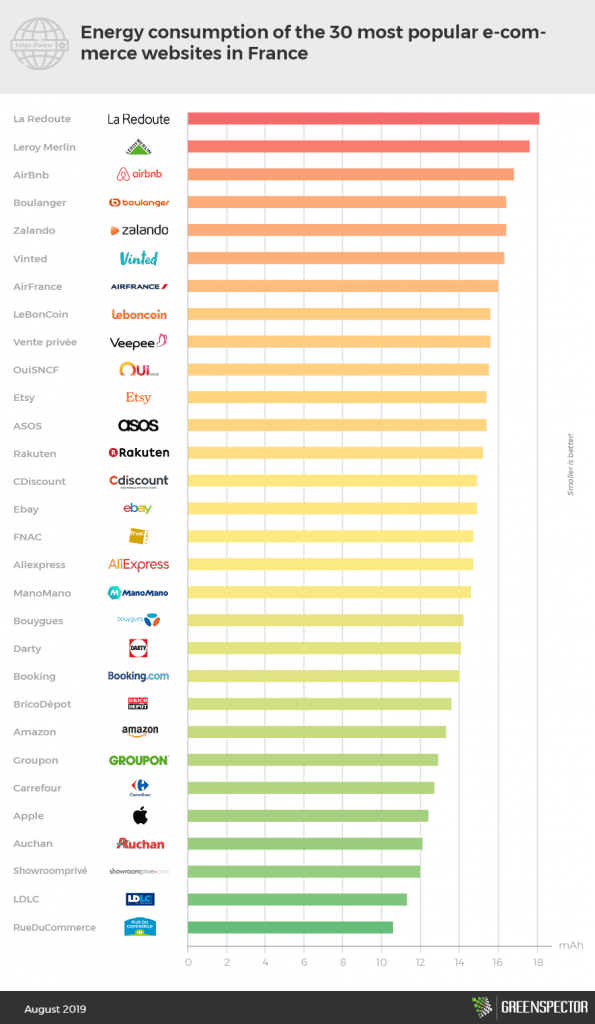12 Rules to your application success
In a previous article on this blog, we introduced you the 5 keys to success of a mobile application. We present today the 12 rules by business indicator to respect that will make the success of your application.

Inclusion
- The application must be usable in degraded network conditions
- The application should not require a recent OS version like Android to be used. Some users do not follow updates, either voluntarily or because of their platform that does not allow them. According to our “PlayStore Efficiency Report 2019“, only 70% of apps on the store are compatible with all versions of Android.
- The application must comply with the accessibility rules and must not exclude users with disabilities.
- The app should work well on older phones too only on recent and latest models. This criterion will be degraded if you do not respect that of sobriety. 1/4 of the Google PlayStore applications are 10% of the oldest mobiles. (Source: PlayStore Efficiency Report 2019)
Sobriety
- The application must limit its energy consumption so as not to empty the user’s battery. Moreover, in case of excessive consumption, the system notifies the user of anapplication as a consumer. Some energy-intensive applications can reduce battery life to less than 3 hours. (Source: PlayStore Efficiency Report 2019)
- The application must limit its resource consumption (number of CPUs, memory occupied, data exchanged) in order to avoid any slowness or pollution of the other applications (for instance because of the memory leak). 50% of Google PlayStore apps continue to process after the app closes. (Source: PlayStore Efficiency Report 2019)
- The application must limit its network consumption in order to not involve any load on the data centers and thus avoid the additional costs related to the unnecessary congestion of the servers.
Performance
- The first launch of the application must be fast: otherwise, it is possible that your users won’t go further, the inclusion criterion will not be respected either.
- The loading times of the application must be acceptable in all network situations.
Discretion
- The application requires few or no permission. Do you really need to consult the list of contacts of your user? It’s all the more important to optimize this since the more permissions there are, the more the application consumes resources. This will therefore negatively influence the performance criterion.
- The application has little or no tracker. The integration of a large amount of trackers implies a greater consumption of resources but can also cause bugs. This observation is even more true that the connection is degraded. On average, adding a tracker causes an over-consumption of resources of 8.5%.(Source : PlayStore Efficiency Report 2019)
According to our “PlayStore Efficiency Report 2019“, trackers, analytics and permissions are ubiquitous (44% applications have more than 5).
Ecology
- The application must respect the sobriety criterion, the CO2 impact linked to the use is lower as well as the pressure of the resources on the components of the equipment of the user (battery obsolescence, loss of performance). As a result, the user is less likely to renew their equipment, which reduces the risk of obsolescence of his material. Our latest study shows that mobile apps contribute at least 6% of CO2 emissions digital.
Some tracks for the improvement of its GREENSPECTOR App Mark score
Directly improve the application
Several metrics are evaluated by the GREENSPECTOR App Mark and can be directly improved.
- Minimum SDK version: Allow Android older versions to avoid the exclusion of users using older generation platforms.
- Number of trackers: the fewer trackers the application has, the more it will respect the user’s data as well as the protection of his privacy. In addition, trackers via processing and data exchange increase the consumption of the application.
- APK size: the bigger the binary of the application, the more the network is solicited and the less efficient the application. In addition, a large application size will use the limited storage space of some users.
- Loaded data: number of loaded data throughout the test run. Limiting this data will reduce the consumption of resources on both the smartphone and the network.
- Data loaded in the background: when the application is not used, it must limit its impact and send or receive as less data as possible.
More global metrics
Some metrics are directly related to the impact of the application and its efficiency. It is possible to act on it via the previous metrics, see by other axes (functional optimization, improvement of the source code …)
- CO2: the more the application consumes energy, the more the battery is solicited and become obsolete. This may lead to a premature renewal of the battery or even the smartphone and therefore to a higher environmental impact. Let’s not forget that most of the environmental impact of a smartphone is predominant in its manufacturing phase than in its use phase: keeping it longer reduces its overall impact.
- Energy Overconsumption: if the application overconsumes, it increases the environmental impact but also creates discomfort for the user especially on the loss of autonomy and generates an additional stress factor.
- Performance after the first installation: applications sometimes perform additional treatments during the first launch, so the launch time is sometimes increased. It is necessary to limit its treatments because this loss of performance can be inconvenient for the user.
- Performance: the launch time of the application is an important data for the user. It is necessary to reduce it to the maximum while consuming the least possible resources.
- 3G Performance: in poor network conditions, it is necessary to master the performance to maintain a good user experience. It is even possible that some users do not have access to the application in the case of degraded performance. Having a frugal service that takes into account the constraints of mobility is therefore a key to success.
What about now?
You are certainly wondering how your application is doing on these 5 indicators. Is it rather virtuous? Is there any risk? How is it ranked against its competitors? Do you have quick progress actions? If you ask us, we will tell you! Contact-us, and we will introduce you to your own inclusive, sober, fast, ecological and discreet evaluation – just like your application very soon.


